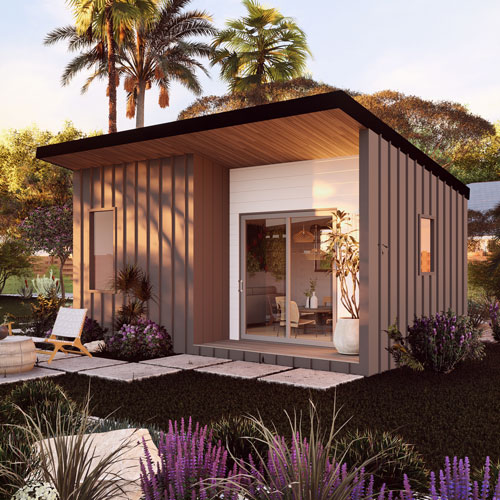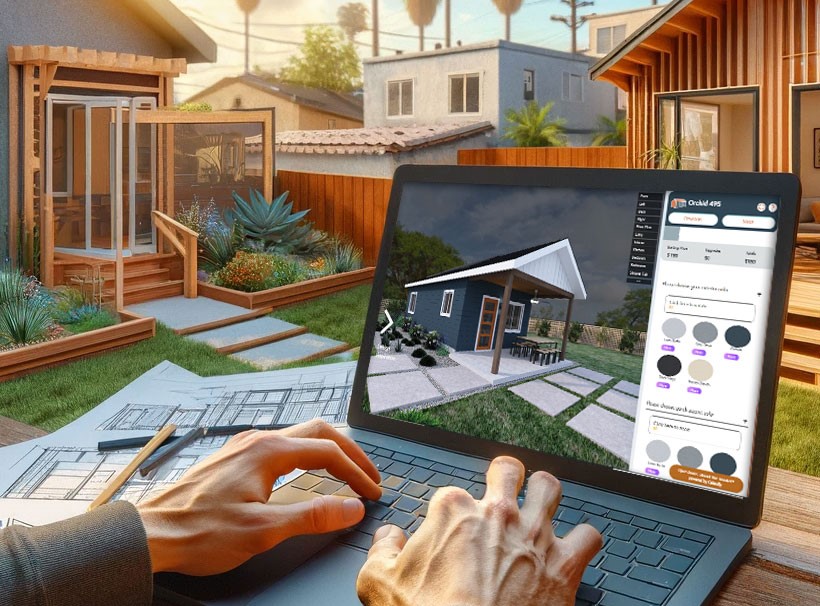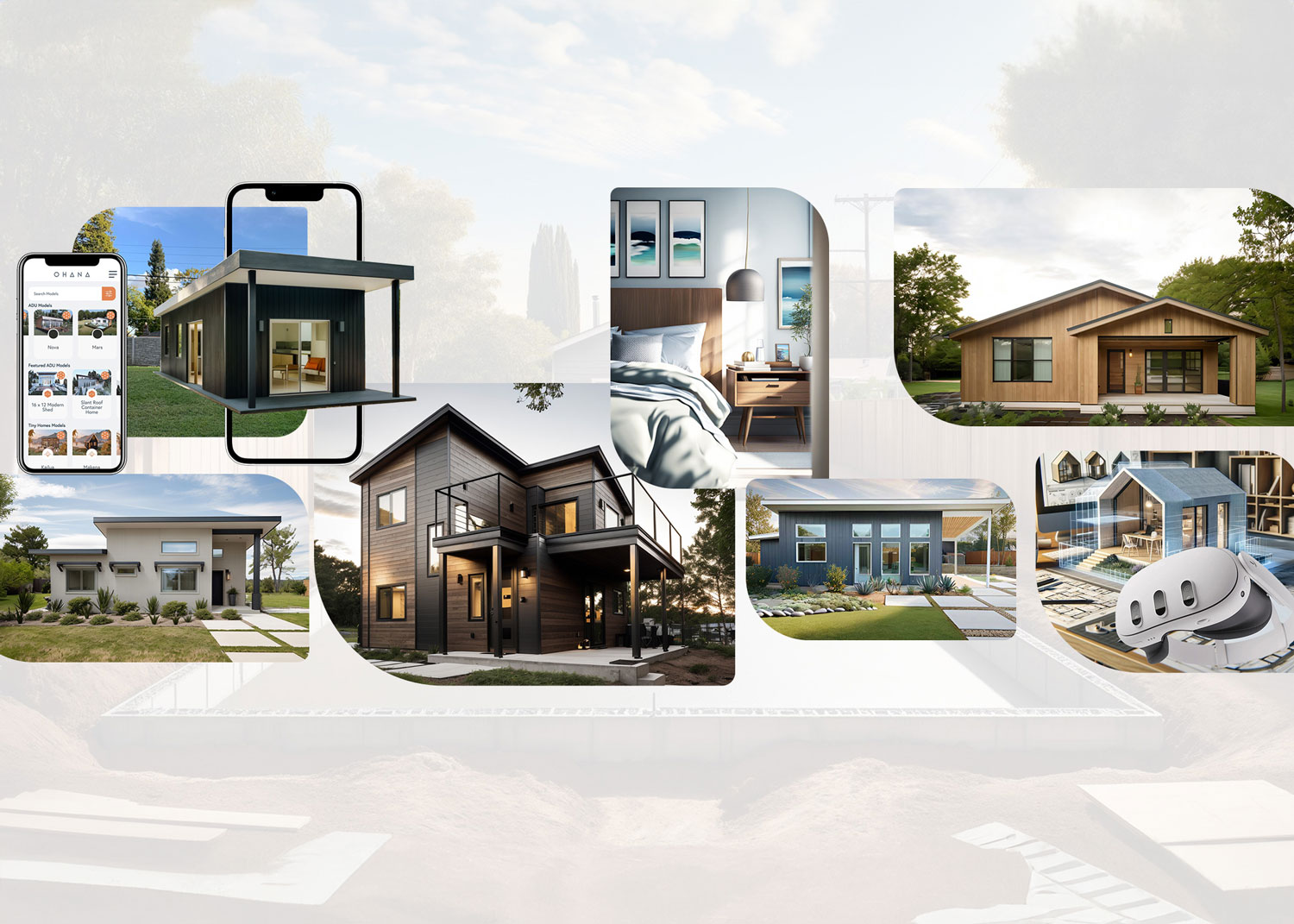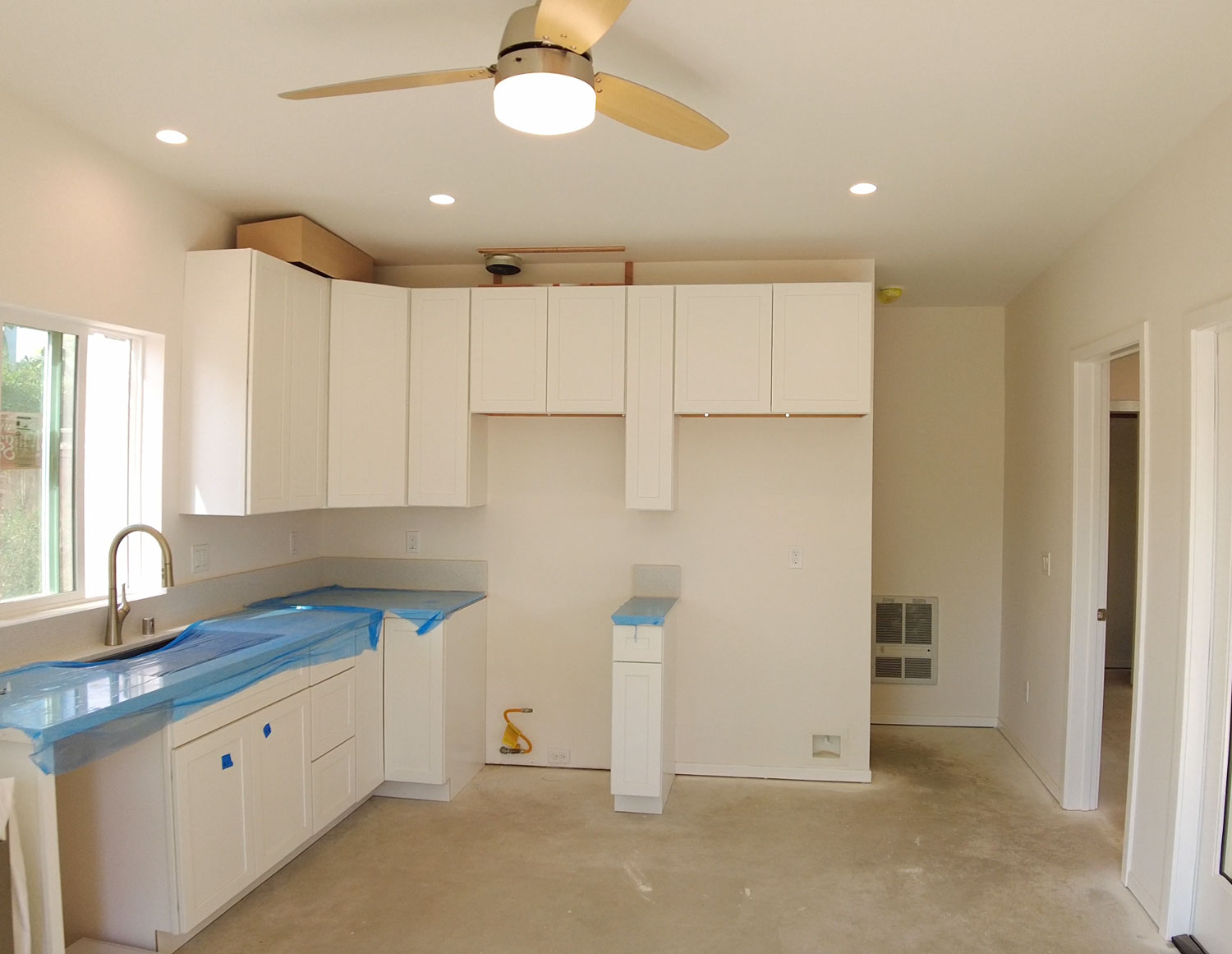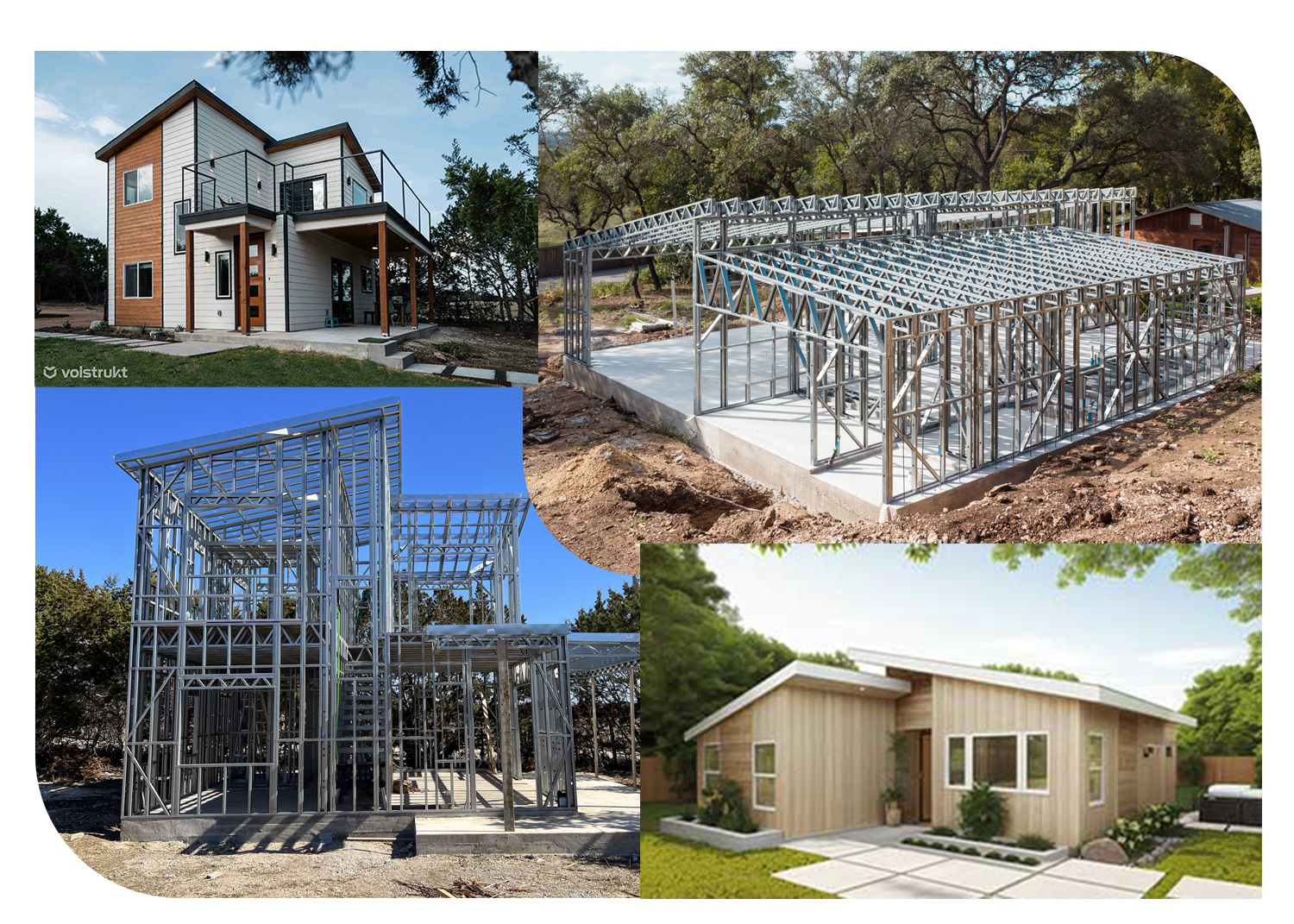In the ever-evolving landscape of construction, digital twins are emerging as a pivotal technology, especially in the construction of Accessory Dwelling Units (ADUs). These digital replicas of physical assets provide a comprehensive, real-time digital representation of an ADU, offering a multitude of benefits that streamline the construction process, enhance design accuracy, and improve overall project outcomes.
Benefits of Utilizing Digital Twins in ADU Construction:
- Enhanced Visualization and Planning: Digital twins provide a detailed 3D visualization of the ADU, allowing both builders and clients to explore design options and modifications in a virtual environment before any physical work begins. This visual representation aids in better planning and decision-making, ensuring that the final construction aligns with the envisioned design.
- Increased Efficiency and Cost Savings: By simulating various construction scenarios and identifying potential issues early in the design phase, digital twins can significantly reduce the need for changes during the actual construction phase. This leads to a more efficient construction process, with reduced waste and lower costs.
- Improved Collaboration: Digital twins facilitate seamless collaboration among architects, engineers, contractors, and clients. With access to a shared, accurate model of the project, all stakeholders can provide input, make informed decisions, and stay updated on the project's progress, fostering a more cohesive and efficient construction process.
- Enhanced Precision and Quality Control: The detailed models created by digital twins allow for precise measurements and the meticulous planning of materials, layouts, and systems. This precision helps in maintaining high-quality standards throughout the construction process, reducing the risk of errors and rework.
- Optimized Performance and Sustainability: Digital twins can simulate the performance of various systems within the ADU, such as energy consumption, heating and cooling, and lighting. This enables the optimization of the ADU's performance for energy efficiency, sustainability, and occupant comfort, contributing to a more eco-friendly and cost-effective living space.
- Facilitated Maintenance and Upgrades: Post-construction, the digital twin serves as a valuable resource for ongoing maintenance and future upgrades. It provides a detailed blueprint of the ADU's structure, systems, and components, simplifying maintenance tasks and planning for renovations or expansions.
- Risk Management and Safety: By simulating construction processes and scenarios, digital twins can help identify potential safety hazards and operational risks before they become issues on the construction site. This proactive approach to risk management contributes to a safer construction environment and project delivery.
In conclusion, digital twins represent a transformative approach to ADU construction, offering benefits that span from the initial design phase through to the maintenance and lifecycle management of the unit. By leveraging this technology, construction professionals can achieve higher efficiency, improved collaboration, and superior quality in their ADU projects, ultimately leading to more successful and sustainable outcomes.



